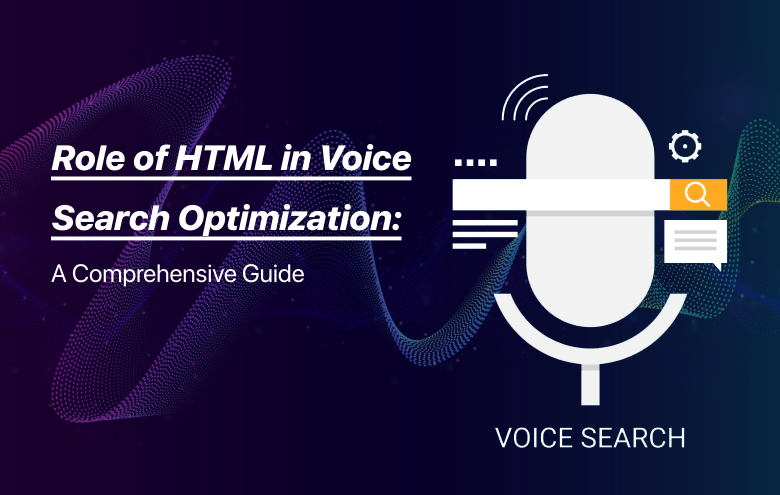


With the surge in voice-activated technology, the optimization of websites for voice search has become not just a trend but a necessity. This article delves into the critical role that HTML plays in ensuring your online presence is not only voice-friendly but also accessible to a growing population of voice search users.
Let’s explore the fundamentals of voice search optimization, the nuances of HTML in this context, and the best practices to position your website for success in the dynamic landscape of online search.
Voice search optimization has emerged as a pivotal aspect for businesses and websites striving to stay ahead in the digital realm. Unlike traditional text-based search, voice search introduces a conversational element, reshaping user behavior and expectations.
Users now interact with search engines using natural language queries, seeking quick and relevant results. As a result, the optimization of your website for voice search has become a strategic imperative.
HTML, the backbone of web development, is instrumental in effective voice search optimization. Its role goes beyond merely displaying content; it extends to shaping how search engines interpret and present that content.
Exploring various HTML elements and techniques becomes crucial in enhancing your website’s compatibility with the diverse range of voice-activated devices in use today.
Creating a voice-friendly website involves optimizing every aspect of your HTML code. From ensuring concise and structured content to fine-tuning meta descriptions, each element contributes to a smoother voice search experience.
The importance of adopting a user-centric approach in web development cannot be overstated, especially in the context of voice search optimization.
Structured data markup, particularly through schema.org, enhances the understanding of your content, resulting in improved visibility in voice search results.
This section navigates through the significance of structured data markup and how it aligns with the evolving landscape of voice search.
Natural Language Processing (NLP) is at the core of voice search algorithms. Understanding how HTML can play a role in catering to conversational queries is vital.
This section delves into the world of NLP, offering insights into crafting content that resonates with the intricacies of these algorithms.
This section explores best practices for seamlessly incorporating voice search optimization into your broader SEO strategy.
From understanding user intent to creating content with a conversational tone, these strategies are designed to yield tangible results in the voice search landscape.
HTML5, with its semantic elements and enhanced capabilities, aligns seamlessly with the requirements of voice search optimization.
Exploring the possibilities of upgrading to HTML5 becomes essential in providing a more cohesive and efficient voice search experience for users.
Ensuring website accessibility for users who rely on voice search is paramount. This section delves into the principles of web accessibility and highlights how HTML plays a pivotal role in creating an inclusive online environment.
Explore the strategies to make your website universally accessible to all users.
In conclusion, the power of HTML in voice search optimization cannot be overstated. By embracing the strategies discussed in this comprehensive guide and leveraging the capabilities of HTML, you can position your website for success in the rapidly evolving landscape of online search.
Stay attuned to the evolving dynamics of voice search, implement best practices, and ensure your website remains not only visually appealing but also seamlessly accessible to the ever-growing community of voice search users.

